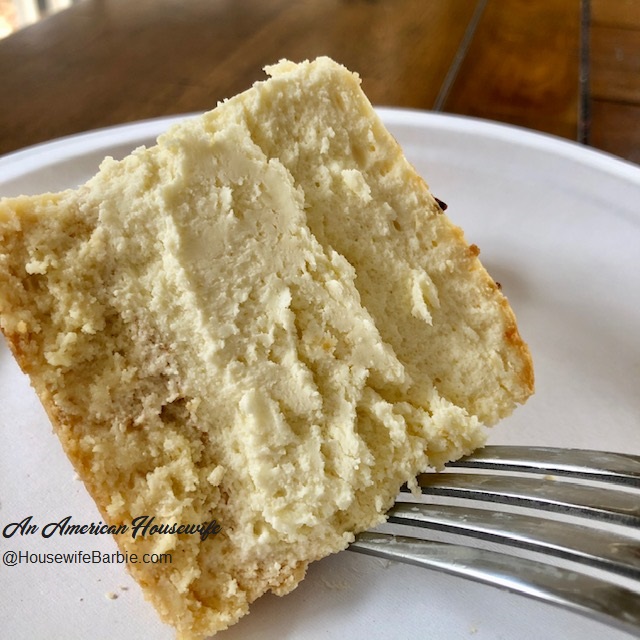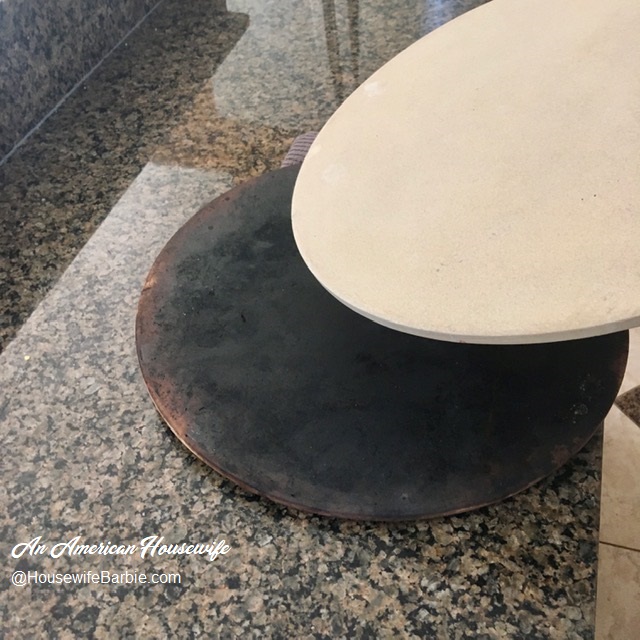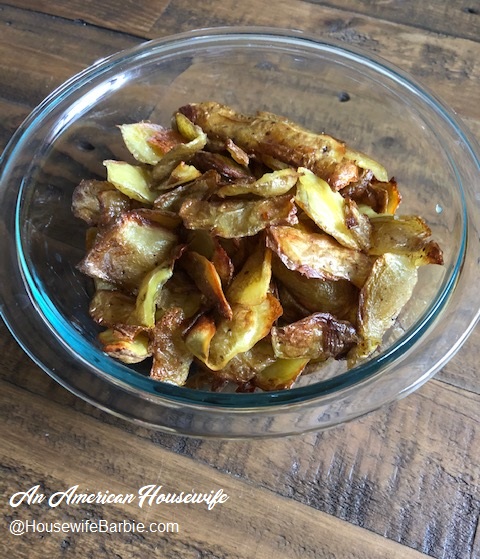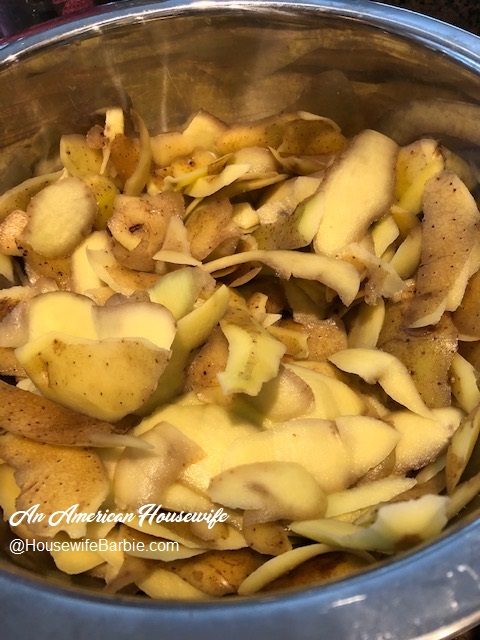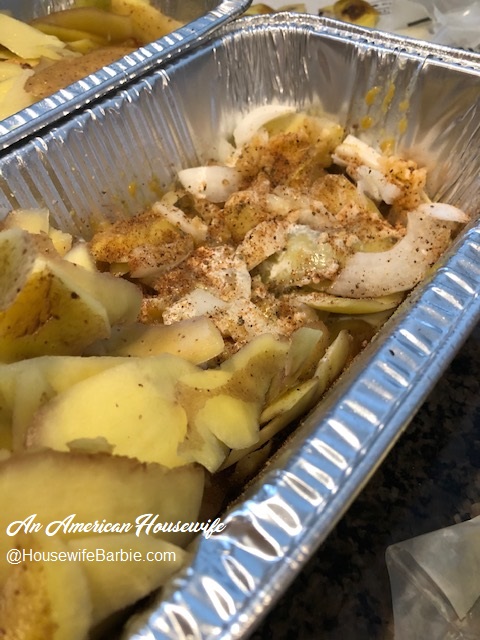
I love egg rolls but I don't give into that craving very often because of the useless carbs. However, I've been craving them off and on for about a year, and last weekend I had a couple cabbages in the fridge to use up. I grabbed a packet of egg roll wrappers at the store and decided to give into the craving.
Note - yes you can 'make' various versions of low carb or keto egg
rolls. But I don't actually like them and no, they are not like the
real thing when you are absolutely craving the real-crispy-yummy-deal.
I made a batch, ate the leftover filling separate for 'lunch' (low carb! No egg roll!) and then had 3 egg rolls later that night for dinner. After we all had our fill, the leftovers were placed in a container and put into the deep freezer to freeze over night so I could food seal them and freeze them the next day!
YES YOU CAN FREEZE EGG ROLLS. That seems a silly question to me, but
apparently a lot of people don't know, or think you can't. Basically,
just ask yourself if you can buy a food frozen at the store? Yes?
Then you can freeze it.
I like shrimp egg rolls and pork egg rolls. Not so much chicken. And beef? Well, that's basically like making any number of Midwestern beef and cabbage meals (like Runza with an egg roll wrapper instead of a pastry crust, or a bajillion of the Iowa/Nebraska/Minnesota casseroles that are basically the egg roll cabbage filling but with ground beef). If you are from Minnesota you might want to substitute 'casserole' for 'hot dish' when you mentally read that last sentence.
I wanted pork, and I have ground pork in the freezer (remember, I grind our
meat myself so I have whatever kind of ground meat or poultry I want).
So pork it was!
Since I was going to have carbs in this meal anyway
from the egg roll wrappers, I also decided to use up a can of bean sprouts I
had in the pantry. Egg roll fillings are great that way. You can
play with your food a little bit and add/delete what you want outside of the
typical cabbage, green onions, soy sauce and ginger. I didn't have any green onions left (I go through them quickly!) so I used dried chives in its place.
When you get the mixture made, taste it. See if you prefer it to be seasoned a little more - or a little less (by adding more cabbage or pork). Do you want to add more onion? Garlic? Ginger? Soy Sauce? Do it. It's your recipe, your food, your meal. Play with it to make it taste how you want it to.
BASIC EGG ROLLS - Crispy and Oven Baked
1 1/2 lb. ground pork
4+ c shredded cabbage
1 can bean sprouts, drained and pressed well to get moisture out
a few carrots, shredded
a stalk or two of celery if you wish (I don't but some do)
a small can of water chestnuts, diced up
4 green onions, or scallions, sliced
4 cloves garlic, minced
1 T ginger
salt and pepper
1/2 c soy sauce or liquid aminos
4 T rice vinegar (if you only have white vinegar, only use about 3 T)
2 T brown sugar or brown sugar substitute like Swerve
Oil - about a cup total for everything (you'll probably use canola)
2 pkgs large egg roll wrappers (the ones about 6-7 inch
You can use oil, water or a beaten egg to seal them. I just use the liquid from the filling and oil that are on my hands/fingers when I'm rolling them.
In a bowl, mix the soy sauce, rice vinegar and brown sugar. Set aside. Cook the ground pork in a pan with oil on the stove until it's done and no longer pink. Add about 1/2 the liquid soy sauce/vinegar mixture. Cook another minute or two until the liquid starts to evaporate a bit. Remove to a plate and use the same pan to pour in about 1-2 tablespoons oil to cover, then add the vegetables, ginger and garlic.
When the cabbage is softening a bit, add the green onions or scallions and the rest of the liquid soy sauce mixture. Cook and stir until the liquid is evaporating (about 5 minutes on a medium high heat). Put the mixture into a large bowl with the browned pork and mix.
Lay out a well oiled baking pan (I use avocado oil for everything but most people use canola).
Lay your egg roll wrapper in front of you in a diamond, with the point at your stomach; place about 1/3 cup filling on the wrapper just below the half way line and an inch above the bottom point.
Use your finger to get the top point and about an inch down each side wet with either liquid that is already on your hands from grabbing the filling, or water, oil or some beaten egg.
Start with the point nearest your stomach and roll up the filling, stop at the half way to fold each side point inward to contain the filling, then finish rolling upwards.
The moistened top point now seals the roll.
Place on your well oiled baking pan. Do the rest of them.
If you have filling leftover, you can eat it as it is and call it lunch. :)
Brush the egg rolls very well, covering them with the oil. Bake in a preheated 400 degree oven for about 12-15 minutes or until golden brown on the ends and crisp.
Remove, and although you don't have to, if you aren't going to serve them for at least 10 minutes or more, I like to remove them to a wire cookie rack so the bottoms crisp up and don't get soggy sitting on the oiled pan. I also do this to let them cool if I'm freezing them.
TO FREEZE: Let them cool down and place them into the freezer overnight or at least for 4-6 hours to freeze solid. Then remove them and package them in freezer ziplocks or food seal them - as many to a package as you would need or want for future meals. To prepare them later, you just bake them again until they are heated through (about 15 minutes).
The filling...
Ready to be dipped in a little
Braggs liquid aminos...(or any soy sauce. I use both Braggs liquid aminos and LaChoy soy sauce - whatever I have on hand). Many prefer a sweet and sour sauce.
















